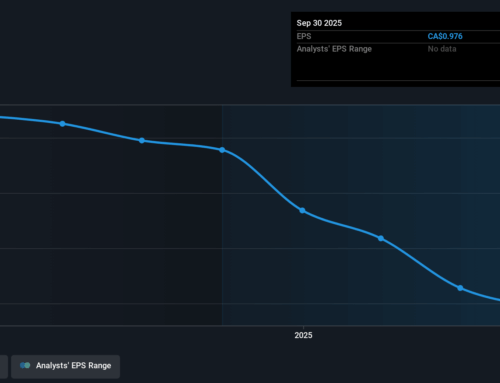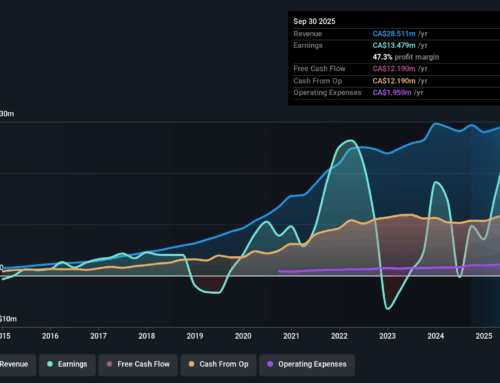Asia’s green energy appetite fuels the Gulf’s renewables revolution
April 7, 2025
The Gulf Arab monarchies, long synonymous with oil wealth, are deepening energy interdependence with China and Southeast Asian nations, signing a slew of landmark agreements in recent months for tens of billions of dollars’ worth of renewable-energy projects as the world pivots away from climate-warming fuels.
Advertisement
While primarily driven by economic motives, the rapid expansion of renewable-energy partnerships between China and the Gulf Cooperation Council (GCC) countries is poised to reshape global energy politics. For now, the West does not appear to regard the partnerships as a direct threat, but the implications are hard to ignore, analysts say.
The GCC – comprising Saudi Arabia, the United Arab Emirates (UAE), Qatar, Kuwait, Oman, and Bahrain – supplies Asia with about half of its oil imports, as well as vast amounts of liquefied natural gas and petrochemicals essential to its manufacturing industries.
“When you’re talking about energy dynamics, it’s not hard to find a geopolitical dimension,” said Robert Mogielnicki, a senior resident scholar at the Arab Gulf States Institute think tank in Washington.
“It is safe to say that as this cooperation expands and renewable capacities increase, there will be geopolitical implications.”
Advertisement
The deepening Sino-Gulf partnership could soon attract greater scrutiny from Washington. Analysts suggest the United States may pressure Gulf states – particularly Saudi Arabia and the UAE – to limit their renewable-energy ties with China, which dominates global production of photovoltaic solar cells and wind turbines.
Search
RECENT PRESS RELEASES
Related Post




